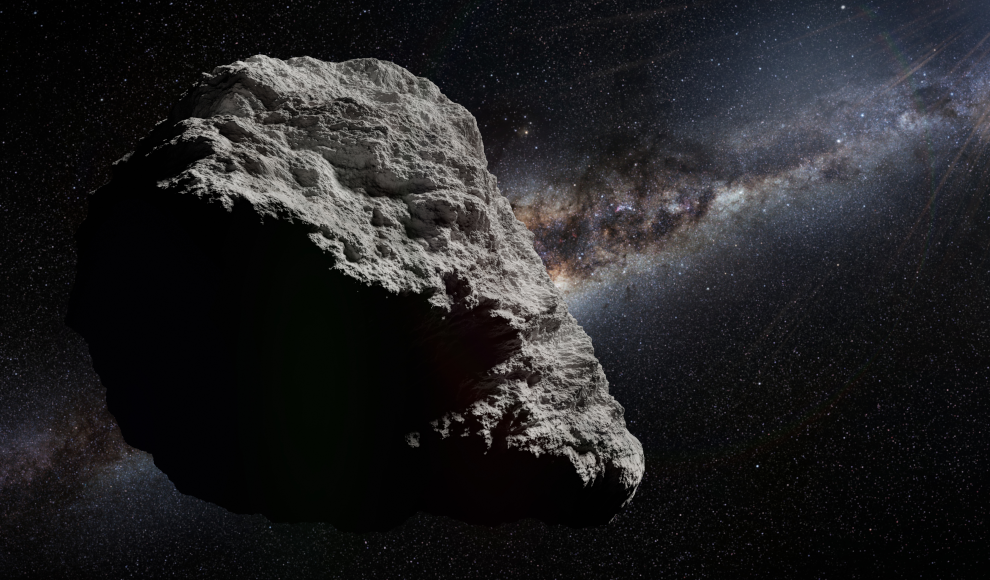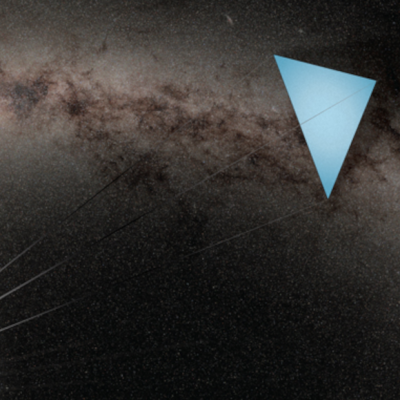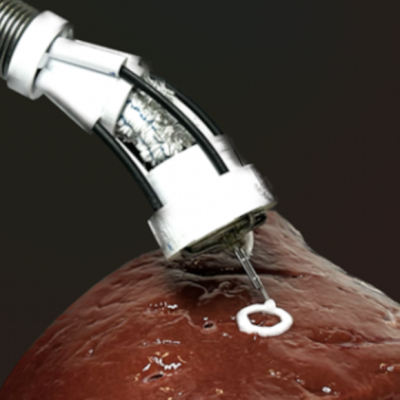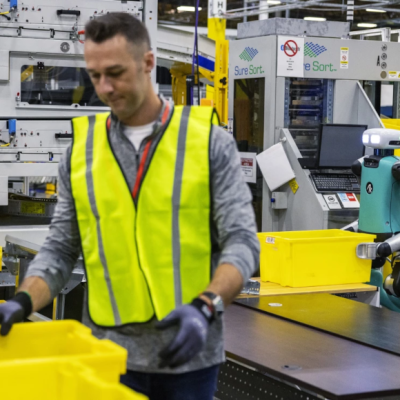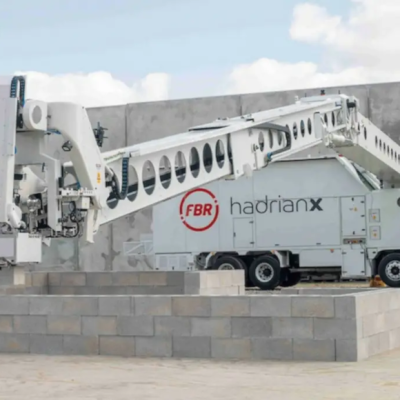An asteroid could be transformed into a habitable space station with artificial gravity for a cost of only $4.1 billion, according to a study by former Rockwell Collins researcher David W. Jensen. While several countries, including China, plan to establish manned stations on the Moon and Mars in the coming decades, Jensen’s study explores the possibility of using an asteroid as a base for a habitable space station. The study examines three main factors: asteroid selection, habitat type selection, and mission strategy. Jensen identified Atira as the ideal candidate for a potential space colony after an intensive analysis. Despite its diameter of 4.8 kilometers and an accompanying moon, it is the closest asteroid to Earth and is located in the Goldilocks zone of the solar system, ensuring a constant orbit and uniform temperature conditions.
Jensen analyzed four prominent habitat concepts for the space station, with a focus on generating artificial gravity through centripetal force to combat the negative long-term effects of low gravity on the human body. Although Atira naturally rotates, this movement must be intensified to simulate Earth-like gravitational conditions. Jensen ultimately preferred the torus as the optimal habitat, based on which he developed models for mass distribution, supporting columns for the interior structure, and efficient land use. Jensen recommends sending a launch capsule with four spider robots, the base station, and state-of-the-art electronics into space. These robots could use local resources from the asteroid to construct the space station, and the launch capsule would be capable of producing an additional 3,000 such robots without further intervention from Earth. The project would create approximately one billion square meters of habitable land at a cost of only $4.1 billion, or $4.1 per square meter. According to Jensen, the construction time would be around 12 years, but the habitat would require additional time to stabilize temperature and ensure air and water supply.
Jensen’s study offers a fascinating glimpse into the possibility of using an asteroid as a base for a habitable space station. With the potential to create a billion square meters of habitable land at a relatively low cost, this concept could revolutionize space exploration and colonization. However, it remains to be seen whether this idea will be pursued by space agencies and private companies in the future.


